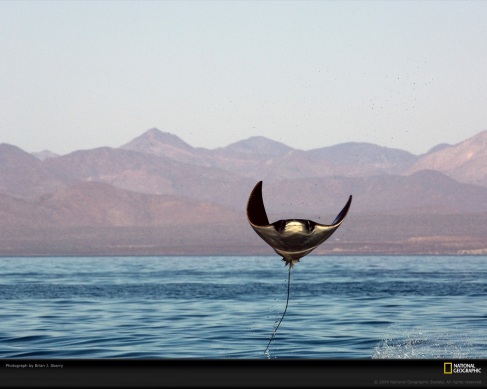My first impression of Yap actually came when I visited Queens for my first time. My tour guide was a girl that had been to Yap on her JBIP and I was fascinated. I had no idea what Yap was or where it was or that it even existed. I pretty much forgot about it until my sophomore year of college, when I befriended Alvaro and he would never shut up about it. When he talked about it, he never had a bad thing to say and the way he described it made me really want to go. He showed me pictures and explained some of the culture to me (obviously not all of it, as my quiz grades indicate) Ever since talking about it with him, I have wanted to go so badly.
Before learning about Yap, I think I had a somewhat accurate picture of it. I envisioned a tiny island that had beautiful scenery and a plethora of wildlife. I envisioned the locals as a generally happy group of people, who’s concept of time and work was just a little different from those of most places. There is so much that I had to learn though. I never knew about the tectonic action that was behind the formation of the island, the customs of the natives, or the history that makes the region what it is today. A big misconception that I had about Yap was that it was Westernized in all of its beliefs. Although the cultures and the customs of the West (mainly America) do have an influence on Yap, their culture is uniquely their own and can at times be very different from that of the United States. I am so excited to experience and learn further about this culture.
In addition, I am so excited to be on the island itself. I can’t wait to experience the ocean, the diving, the forests, and the Mangrove forests (even though I have a bit of an irrational fear of Mangroves) I love nature and wildlife and, having never been outside the United States, this ecosystem is unlike one I have ever experienced. All in all, I am PUMPED to go to Yap, and experience for myself all of the wonderful things that I have heard and learned about.
